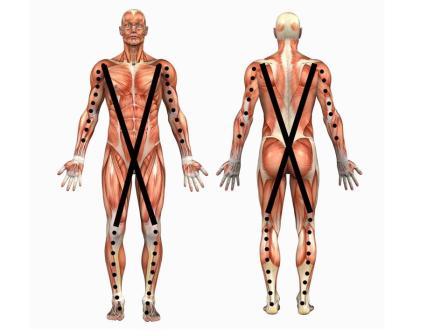Someone asked me, "What is ONE WORD that I would describe my general goal of improving one’s movement with?" After an intense bout of mental gymnastics I said; ‘EFFICIENCY’.
Many people would choose ‘strength’ or ‘flexibility’ or ‘stability’.
‘Efficiency’ however, is not exactly the trendiest term or a word that you could find on the cover of the fitness magazine attracting attention.
So, who cares about efficiency anyway?
Well I do! And maybe you will catch some of that enthusiasm too if I can make my case well enough.
Please, look at the general definition of ‘efficiency’, if you wouldn’t mind....
"The ability to do something or produce something without wasting materials, time, or energy." Merriam-Websters.
OR
"Efficiency generally describes the extent to which time, effort or cost is well used for the intended task or purpose." Wikipedia
The term efficiency relates to…
The intention or the goal of the action (specificity of the action or movement)
The precision of the process that leads to the goal (accuracy of the process)
The assessment of how well the mission was accomplished (effectiveness)
The amount of energy consumed in the process (the cost or the calories required for the task)
The amount of energy wasted in the process (the waste or energy potential to be preserved)
This picture illustrates what kind of layers could be found around the ‘efficiency’ of movement.
So now a good question would probably be; “Where is strength and endurance and all the good stuff that are always linked to the exercise and that I work for every day at the gym? “
Well if your goal is ‘movement’, which is an action towards a specific goal, you could start by assessing the quality of your movement solution to a given situation. Then you could choose tools or strategies with which to improve the quality of your movement solution. The strategies might very well consist of strength training or cardiovascular development, but they might also be more related to the quality instead of just capacity of movement, such as ‘removing obstacles from the path of movement to save energy’ or ‘increasing the accuracy of sequencing within the movement’. You just won't know until you evaluate and learn to know the individual in front of you.
Strength without efficiency is like...
If your goal is an action or movement within the world of sports, the efficiency of your motions getting that specific task done is of an outmost importance. Efficiency in performance means goal-driven precision with effective and strategic use of the energy available.
So next time you work out, don’t think how many calories can I burn during the workout, but how much energy can I save and still get to my goal safely and effectively. That’s efficiency!
Have a victorious New Year!
Tommi
PS: This and many other posts I have written are inspired by my journey into Applied Functional Science - AFS. (www.grayinstitute.com)







